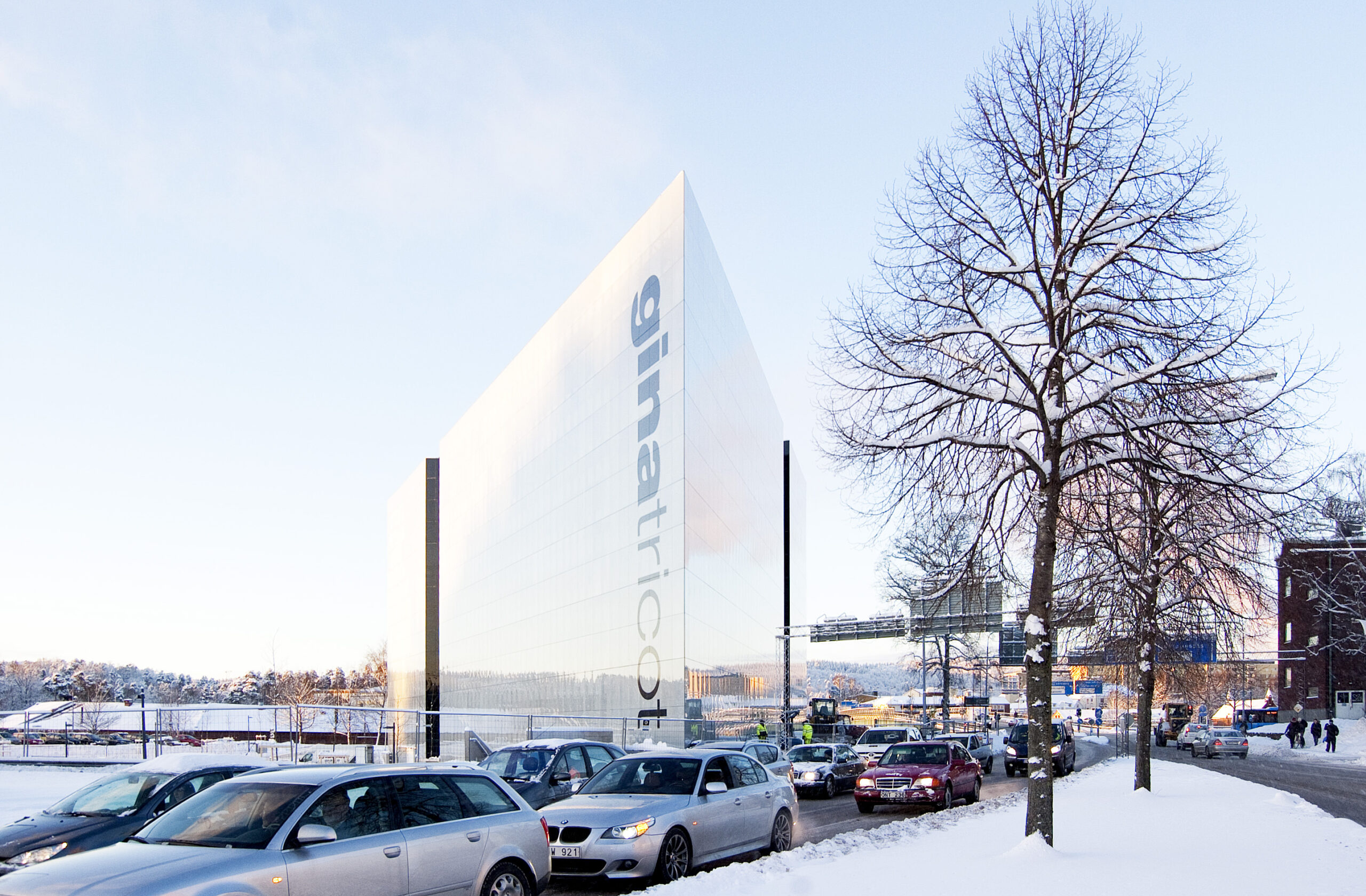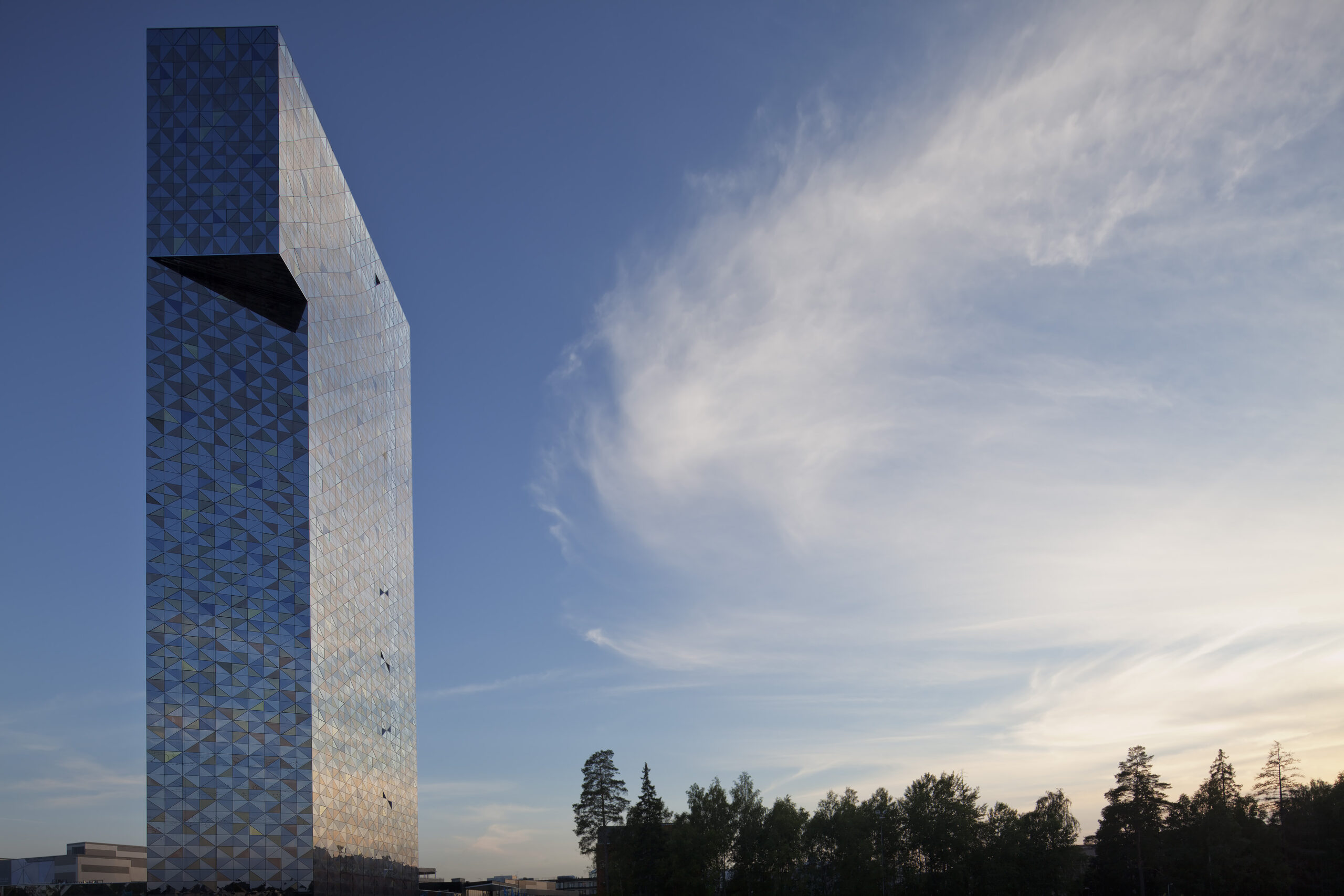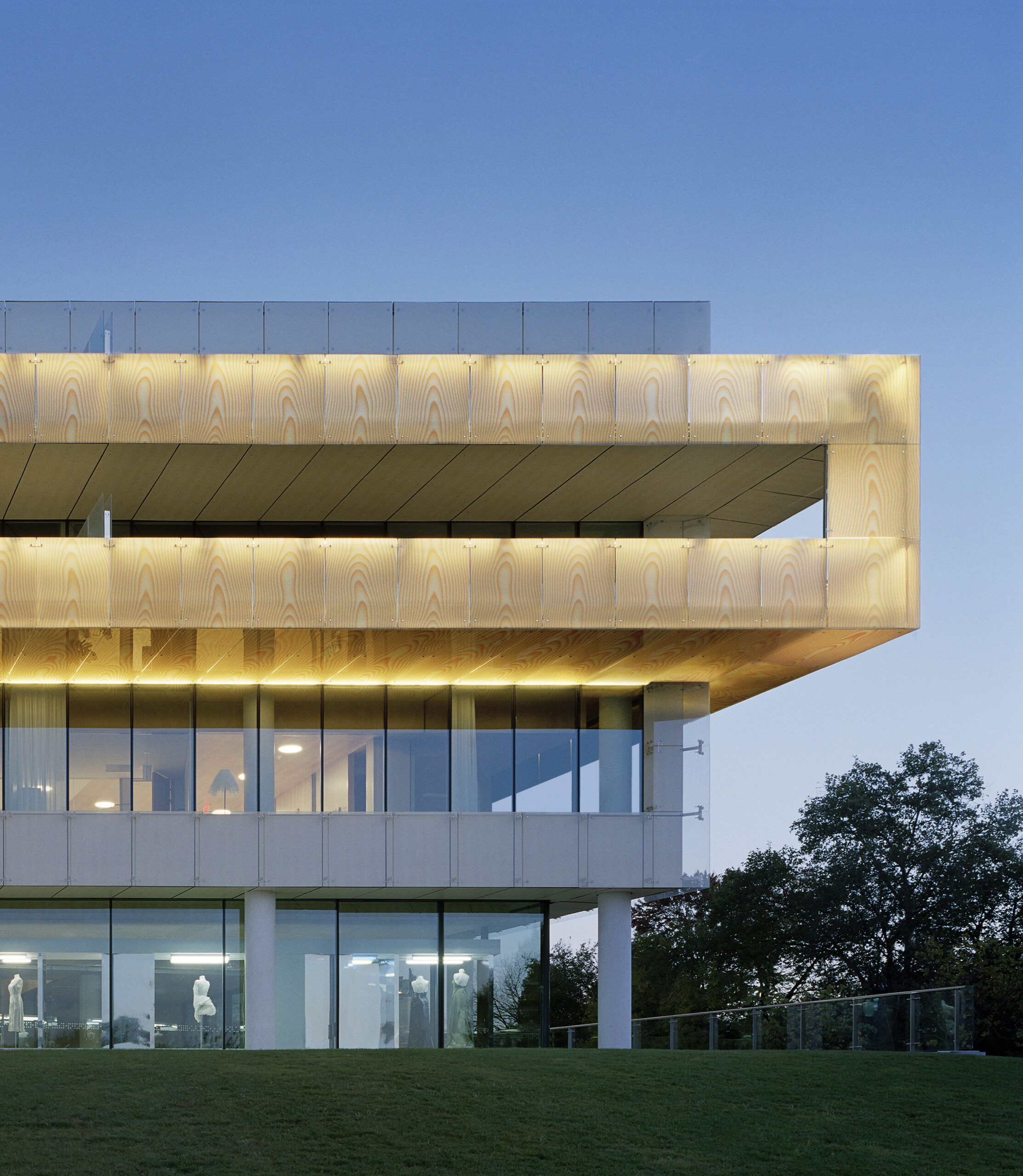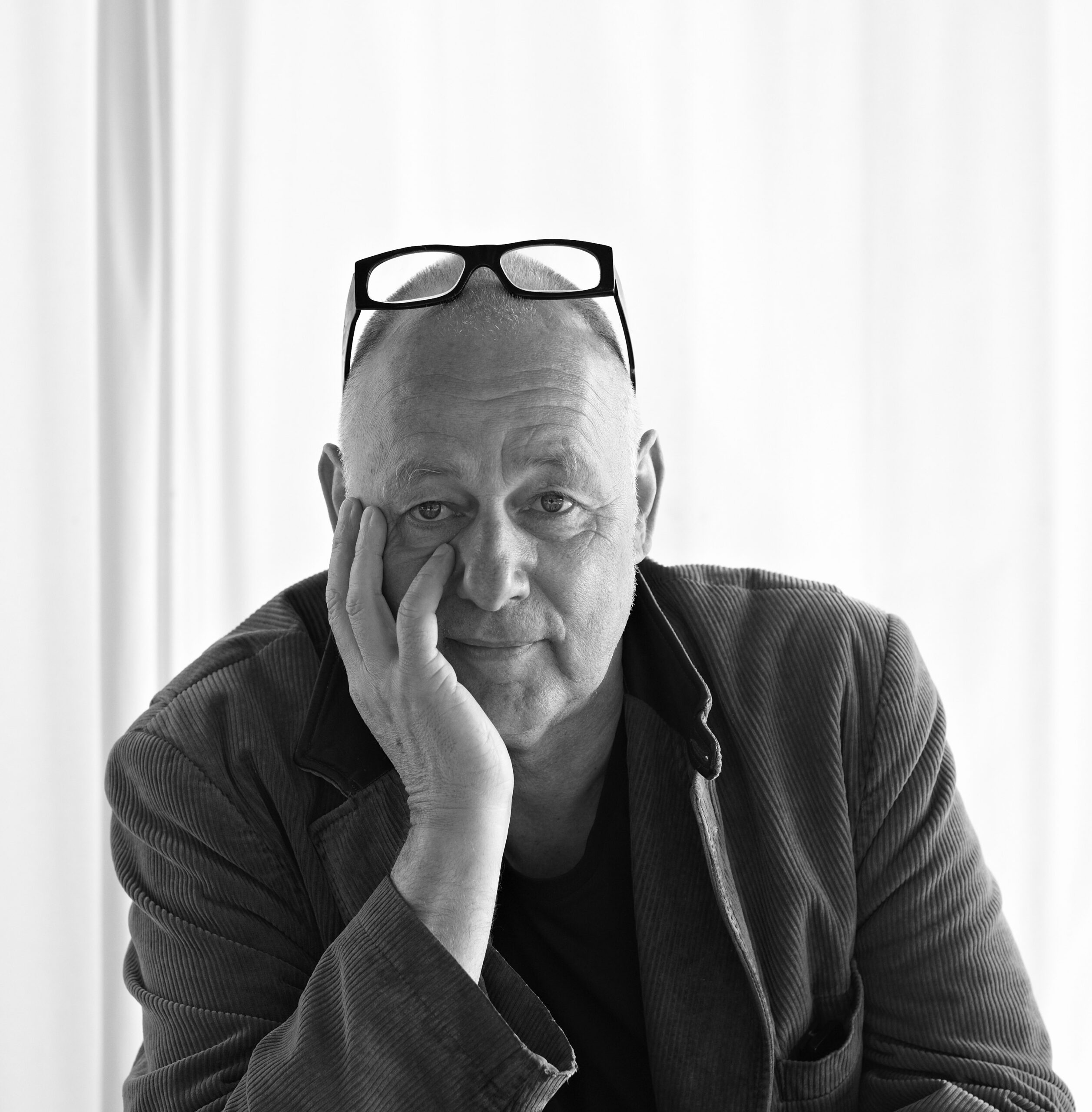 [Gina Tricot Headquarters, Borås, Sweden, 2010. Photo: Gert Wingårdh]
[Gina Tricot Headquarters, Borås, Sweden, 2010. Photo: Gert Wingårdh]
Back in 2014, BUILD met with Swedish architect Gert Wingårdh at his Stockholm headquarters to discuss his impressive roster of forward-thinking public and commercial designs. With completed projects in Scandinavia, Northern Europe, and the US, Wingårdh has designed work ranging from embassies and university buildings, to shopping malls and air traffic control towers. BUILD and Wingårdh discussed the design of golf clubhouses, how to keep your clients happy, and what it means to be a maximalist. We hope you enjoy part two of this interview from our archives. Part one can be found here.
You’ve recently taken on several urban planning projects. How did you make the transition from public and commercial work to urban planning?
For a long time our office shied away from doing urban planning, and instead focused on buildings, which I feel most comfortable doing. But then we were given some opportunities so we rose to the occasion. We got into urban planning by being asked.
There is so much design talent in Sweden; why do Swedish design competitions typically invite international architects to the competitive pool?
Swedish culture is quite open-minded— we like to bring in new people and fresh ideas.
With the scale and diversity of your projects, and an office of 175 individuals, how do you keep on top of the design process?
The organization has grown slowly and some of our staff have been with the firm since the late 1980s. It’s like a marriage.
How do you describe your role in the firm?
I’m often asked by students if I design everything, and in a sense I do, but if I did everything myself I wouldn’t have a staff of 175 people. The boat can’t sail if you’re alone on it. You still need a captain. It’s about starting a lot of projects and I enjoy being pulled in many different directions. I’m very much a reactive person rather than an active person, so I like my staff to read a brief, develop a design, present it to me, and then we can refine the solution from there.
You describe your work as having an ecological awareness, but the relationships between your designs and nature are so much more poetic than that phrase suggests. Can you tell us a bit about how you design with the environment?
This term ‘ecological awareness’ comes from being educated in the 1970s. Dealing with the oil crisis of 1973 had a significant impact on being young at that time. It made us look to the U.S. because early ecological examples thrived in places like California, or in Arizona with Paolo Soleri’s work. Moving into the 1980s, we had architects like Emilio Ambasz who built underground, which has ecological thinking to it. I think it’s a very German-Scandinavian understanding that the architecture respects nature and the poetics come from doing so in an artistic way.
Scandinavians seem to be avid proponents of modernism in the public realm, whereas the American public can be quite resistant to it. What do you think accounts for this difference?
I don’t have a clue. The obvious thing to say is that you’re a young nation and you’re sensitive about your heritage. The people who seem to care the least for their monuments live in some of the oldest places, like Rome.
What have been the greatest challenges of your career?
My career has been very gradual, and the greatest challenge was getting the first commission, which was the Öijared Golf Clubhouse. It’s tough to get the ball rolling.
Is each project a reinvention or is there a kit-of-parts that you rely on in your project?
Each is a reinvention, but we typically start with a solution that we completed on a previous project. There are so many starting points now that you can ask people to take off from material already established.
 [Victoria Tower, Stockholm, Sweden, 2011. Photo: Ola Fogelström]
[Victoria Tower, Stockholm, Sweden, 2011. Photo: Ola Fogelström]
How have the locals responded to projects like the Gina Tricot building and the Victoria Tower, with their bold, modern forms?
I’ve heard nothing negative on either. In fact we’ve even received fan mail on the Victoria Tower, which stands away from any neighborhoods, and in a context of upstart firms and other companies that are not usually all that sensitive about the environment. I’m sure there are people who aren’t fans of the building, but they haven’t come forward.
Nearly every project on your website is shown in plan and section; what is the significance of these drawings within the presentation of completed projects?
If you’re an architect, you always read sections and plans together. The idea for our website is not talk too much and to be matter of fact; our body of work demonstrates what we’ve achieved.
Do you build physical models in addition to the 3D rendering work?
Yes, the physical model is an important design tool for our clients and our studio. We also like to take them out to the jobsite to communicate with the trades. It’s important that the people who are building the project have a clear mental idea of what it’s meant to look like.
 [Swedish Embassy, Washington DC, 2006. Photo: Ake Eson Lindman]
[Swedish Embassy, Washington DC, 2006. Photo: Ake Eson Lindman]
In 2006, the Swedish Embassy in Washington D.C. that you designed was completed. What were some of the differences you experienced designing and building in the United States?
While the projects are more regulated in the U.S., the process was also more reassuring. Getting the project realized felt more believable and doable.
How does the building design represent Sweden?
Historically, Sweden was a poor country and it was common in architecture to paint birch, which is abundant, to look like stone. In the spirit of faking materials, the wood textures covering the 2nd level guest residences are computer generated. We also had a lot of white dots printed onto glass to give the impression of mist rising early in the morning.
What design work influenced you most as a young architect?
Carlo Scarpa was the greatest influence, and I still enjoy looking at his work. When I first saw Scarpa’s work it seemed like the answer to everything because it was so elaborate. It was so far away from Rossi or Sterling who were trying to make buildings interesting, but Scarpa was the real stuff. We took the entire office down to Venice and Verona three or four years ago to tour his work.
How have you made it through economic downturns?
In the early 90s people made the transition from drawing by hand to drawing by computers. I could only employ a young staff, all of whom were computer literate. Shortly thereafter, Sweden experienced a big recession and all of the big firms had to lay off their young people because you have to let employees go in the order in which they were hired. These firms became computer illiterate because the young staff was gone, whereas we retained the youth and the digital skill set. In 1995 when things started picking up again, we were still a very strong office. We had a strong position by luck.
Gert Wingårdh studied economics, art history and architecture in the 1970s at Gothenburg University and Chalmers University of Technology in Sweden. He founded his firm in 1977 and now employs a staff of 175 in Stockholm, Malmö and Göteborg, Sweden. The award winning practice specializes in architecture, urban planning, interior design and landscape planning. Wingård has completed projects across Sweden, and internationally with design competitions representing a large part of the office’s business operations.
Photo: Jacob Karström






